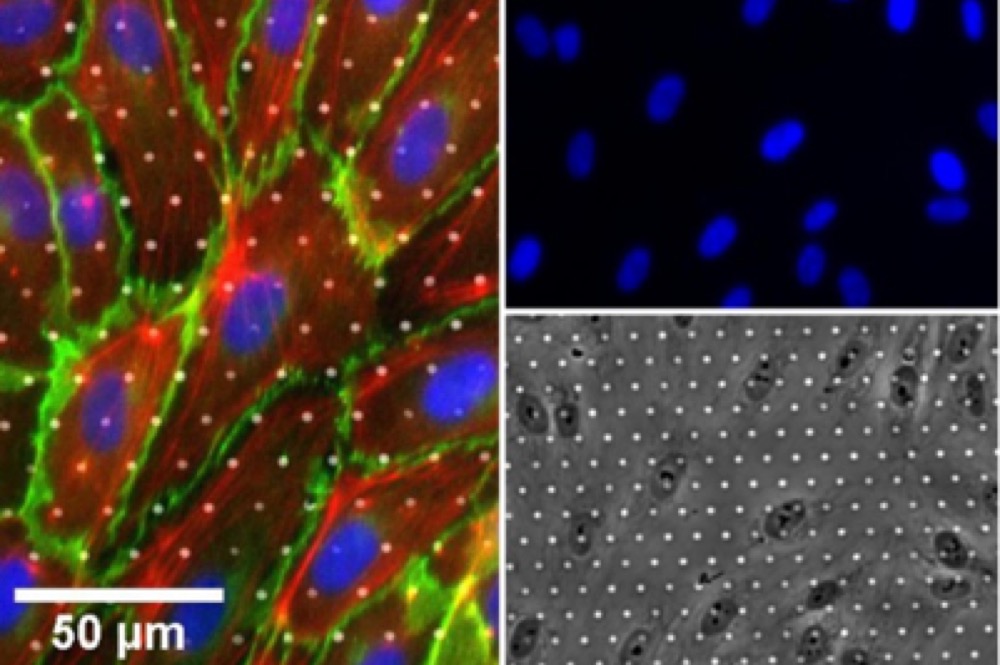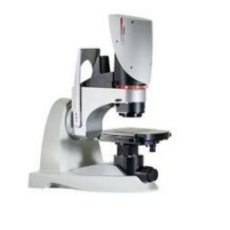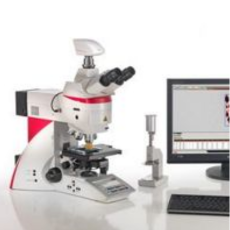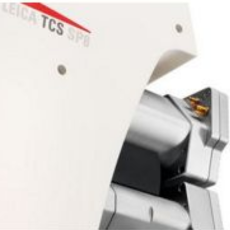- Consumer Goods
- Healthcare
- Performance Materials
-
Technology
- Overview
- Industries
- DKSH Vietnam products
Our products
Search our product database.
-
Services
- Overview
- Sourcing
Sourcing
Accessing a global sourcing network.
- Market insights
Market insights
Generating ideas for growth.
- Marketing and sales
Marketing and sales
Opening up new revenue opportunities.
- Distribution and logistics
Distribution and logistics
Delivering what you need, when you need it, where you need it.
- After-sales services
After-sales services
Servicing throughout the entire lifespan of your product.
- Procurement Transformation Services
Procurement Transformation Services
We support our clients across the entire sourcing lifecycle from sourcing strategy, vendor management, provider selection, supply risk management, implementation, and governance.
- Insights
- Home
- Technology
- DKSH Vietnam products
- Ibidi - Labware - µ-Slide Membrane ibiPore Flow
- Home
- Technology
- DKSH Vietnam products
- Ibidi - Labware - µ-Slide Membrane ibiPore Flow
















 ibidi is a leading supplier for functional cell-based assays and advanced products for cellular microscopy. ibidi is located in Gräfelfing, Germany, close to Munich, and the US headquarters, ibidi USA Inc., is located in Fitchburg, Wisconsin.
ibidi is a leading supplier for functional cell-based assays and advanced products for cellular microscopy. ibidi is located in Gräfelfing, Germany, close to Munich, and the US headquarters, ibidi USA Inc., is located in Fitchburg, Wisconsin.










